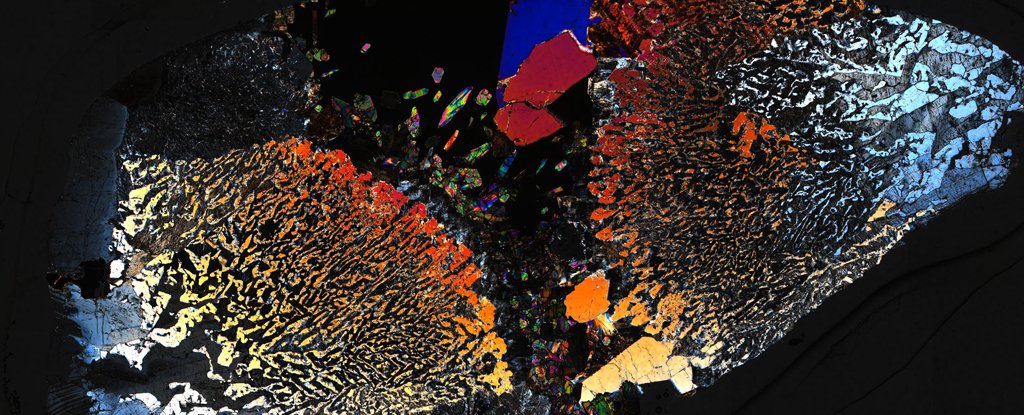In a study, scientists have described how micro-organisms survive in rocks nestled thousands of feet beneath the ocean floor in the lower oceanic crust.

Organisms seeking out an existence far beneath the sea floor live in a hostile environment. Very little resources find their way into The seabed through seawater and subsurface fluids, which circulate through fractures in the rock and carry inorganic and organic compounds.
➤Normally, it’s to investigate the historic climate records preserved there, but in this case an international team of scientists found evidence of life.
➤The first analysis of messenger RNA, the genetic material containing instructions for making different proteins, from this region, coupled with measurements of enzyme activities, microscopy, cultures and biomarker analyses, has provided evidence of a low biomass but diverse community of microbes that includes heterotrophs that obtain their carbon from other living (or dead) organisms.
➤The researchers travelled to Atlantis Bank, an underwater ridge that cuts across the southern Indian Ocean. Tectonic activity there exposes the lower oceanic crust at the sea floor, providing convenient access to an otherwise largely inaccessible realm.
➤By isolating messenger RNA and analysing the expression of genes, the researchers found evidence that micro-organisms under the ocean floor express genes for various survival strategies.
➤Some microbes appeared to have the ability to store carbon in their cells for use in times of shortage. Others showed indications they could process nitrogen and sulphur to generate energy, produce Vitamin E and B12, recycle amino acids, and pluck out carbon from the hard-to-break-down compounds called polyaromatic hydrocarbons.
➤This environment and lower oceanic crust is comprised largely of types of material called gabbro and peridotite, and these allow for some chemical reactions that were likely present on early Earth and also on other planets where water and volcanic rocks interact.
➤The findings provide a complete picture of carbon cycling by illuminating biological activity deep below the oceans.
To know more; visit-
➥ScienceAlerts
➥LiveSCIENCE

Background
Organisms seeking out an existence far beneath the sea floor live in a hostile environment. Very little resources find their way into The seabed through seawater and subsurface fluids, which circulate through fractures in the rock and carry inorganic and organic compounds.
Details
➤The discoveries were made as part of the International Ocean Discovery Program (IODP), which studies samples of rock and sediment taken from beneath the seafloor.➤Normally, it’s to investigate the historic climate records preserved there, but in this case an international team of scientists found evidence of life.
➤The first analysis of messenger RNA, the genetic material containing instructions for making different proteins, from this region, coupled with measurements of enzyme activities, microscopy, cultures and biomarker analyses, has provided evidence of a low biomass but diverse community of microbes that includes heterotrophs that obtain their carbon from other living (or dead) organisms.
➤The researchers travelled to Atlantis Bank, an underwater ridge that cuts across the southern Indian Ocean. Tectonic activity there exposes the lower oceanic crust at the sea floor, providing convenient access to an otherwise largely inaccessible realm.
➤By isolating messenger RNA and analysing the expression of genes, the researchers found evidence that micro-organisms under the ocean floor express genes for various survival strategies.
➤Some microbes appeared to have the ability to store carbon in their cells for use in times of shortage. Others showed indications they could process nitrogen and sulphur to generate energy, produce Vitamin E and B12, recycle amino acids, and pluck out carbon from the hard-to-break-down compounds called polyaromatic hydrocarbons.
➤This environment and lower oceanic crust is comprised largely of types of material called gabbro and peridotite, and these allow for some chemical reactions that were likely present on early Earth and also on other planets where water and volcanic rocks interact.
➤The findings provide a complete picture of carbon cycling by illuminating biological activity deep below the oceans.
To know more; visit-
➥ScienceAlerts
➥LiveSCIENCE
Comments
Post a Comment